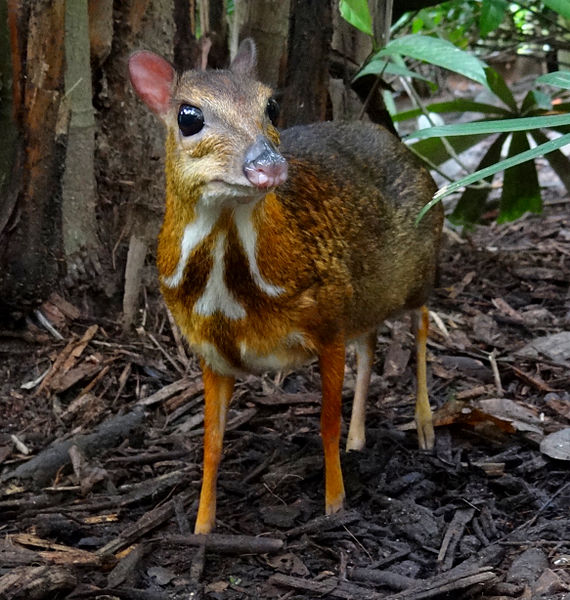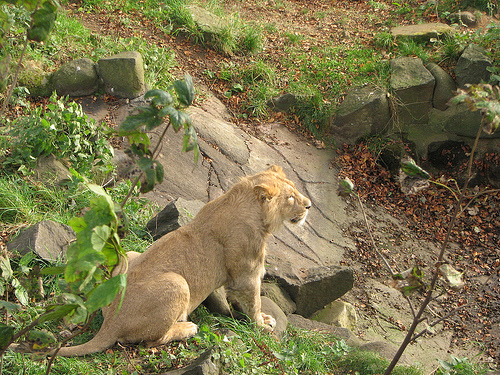 Any information on Indian animals, birds and plants is not easy to find. While the government websites have the standard ‘data deficient’ written for most species, even books related to the species are rare and not easily available for a normal inquisitive person who does not want to do a doctorate on the subject, but just increase his awareness. It is this lack of information that is one of the major reasons why people are least bothered about what is happening to so many wild species. It is like ignorance is depriving the wild, their right to live.
Any information on Indian animals, birds and plants is not easy to find. While the government websites have the standard ‘data deficient’ written for most species, even books related to the species are rare and not easily available for a normal inquisitive person who does not want to do a doctorate on the subject, but just increase his awareness. It is this lack of information that is one of the major reasons why people are least bothered about what is happening to so many wild species. It is like ignorance is depriving the wild, their right to live.
But thankfully, one website developed by Anand-based Foundation and Ecological Security (FES) is opening a window of knowledge for those who wish to know more about birds of India.
The website is called AVIS – Avian Information System IBIS – Indian Biodiversity Information System.
It is a simplistic design with focus only on Indian birds. The site has an interactive web-based database which can give you all the information about a particular bird, its habitat, origin, which family it belongs to, even the sound or call it makes apart from the photograph or the video of the bird.
To promote more user interaction, you can also become a member and upload your own photographs and description of a bird you have spotted in the neighborhood or one you wish to know more about.
The portal was launched by secretary, ministry of environment and forests, Vijai Sharma in December last year.
“A fundamental prerequisite in the conservation of biological diversity is the availability of adequate and reliable information, which aids in developing conservation strategies. However, much of this data and literature is archived in books and not easily accessible. FES has built upon IBIS so as to enable more people to access and build such information,” says Arpit Deomurari, a naturalist and wildlife photographer who is a part of the portal team.
Arpit has been working for the last 10 years to gather the information for the portal. The website covers 1329 species of birds in the Indian region and the makers hope to create a similar interactive medium for mammals, reptiles, amphibians and plants soon.
Do visit avis.indianbiodiversity.org and finally put your queries on Indian birds to rest.
Related Stories:
Lesser Floricans getting Lesser and Lesser in India
Mining a Death knell for the Great Indian Bustard
Article reference: DNA





